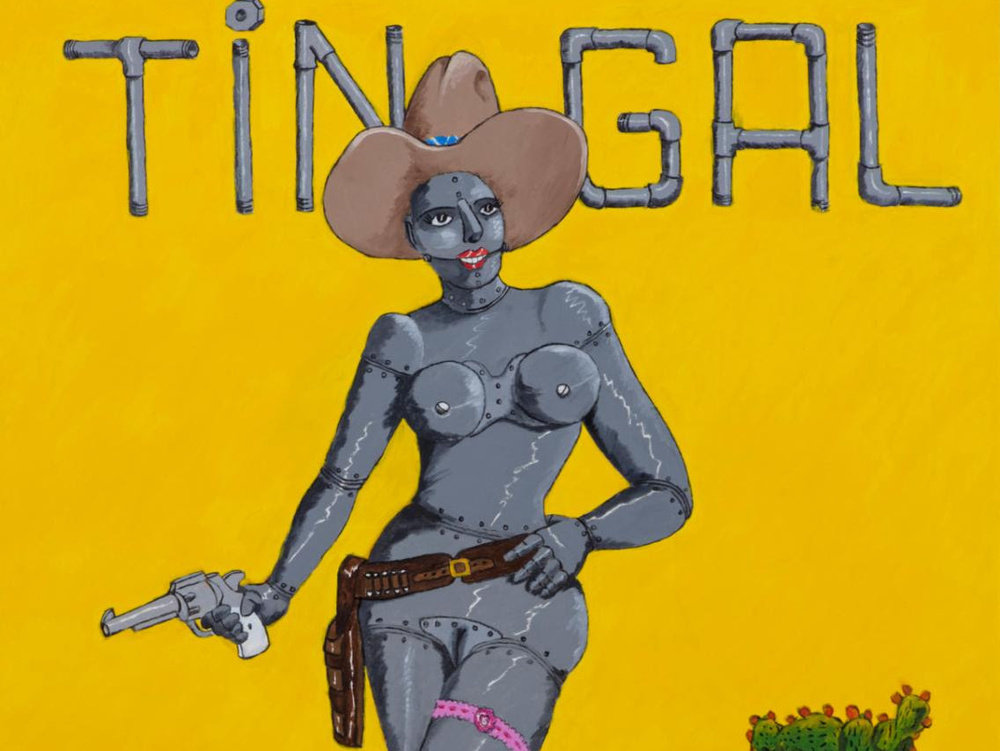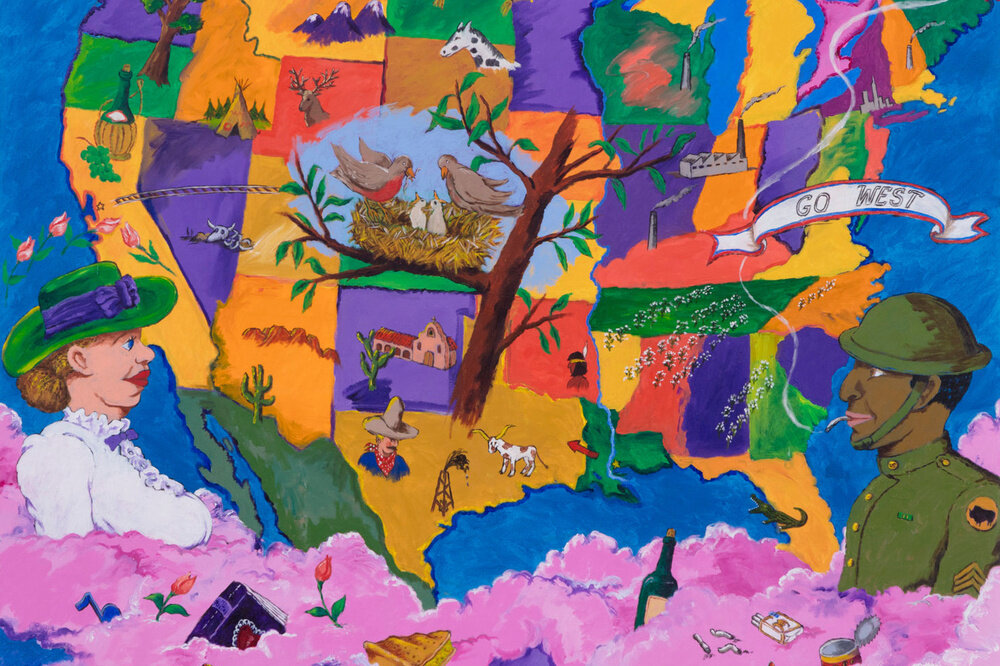Art and Race Matters: The Career of Robert Colescott | Portland Art Museum, OR
February 15 – December 13, 2020
More information on the exhibitionArt and Race Matters:The Career of Robert Colescott
Co-curated by Lowery Stokes Sims and Matthew Weseley
Art and Race Matters: The Career of Robert Colescott opened at the Contemporary Arts Center in Cincinnati (CAC) on September 20, 2019, and now comes to the Portland Art Museum. This exhibition is the first full retrospective of one of America's most compelling and controversial artists. Having written and curated the work of Robert Colescott over the past 40 years, I was thrilled when Raphaela Platow, director of the CAC, approached me about developing this project. I enlisted Matthew Weseley, an independent scholar who has been working on a monographic study of Colescott's work, as co-curator. Together with our colleagues at the CAC, we embarked on a five-year journey through familiar territory and into new dimensions.
Robert Colescott (1925-2009) established his career in Portland with the support of gallery owner and philanthropist Arlene Schnitzer, then made his mark on the art scene in the 1970s with paintings that deconstructed well-known masterpieces of art history (such as Pablo Picasso's 1907 Les Demoiselles d'Avignon in the Museum of Modern Art, which Colescott painted in 1985) by black-facing some of the female figures. This provocative strategy challenged longstanding taboos about racial stereotyping while allowing Colescott to achieve his stated purpose to "interject blacks into art history." As he transformed familiar images to forge new, unexplored social meanings and implications, Colescott became a pioneer in the reemergence of figuration in the 1970s and in the strategies of appropriation in the 1980s.
Despite its peerless pedigree, Colescott's work continues to be mired in controversy because of both Colescott's blunt, aggressive – even crude – gestural painting style and his provocatively transgressive examinations of race and gender. His work makes sense in the context of the raucous countercultural scene in the Bay Area of the 1960s and '70s, as seen in the work of cartoonist R. Crumb and the funky West Coast figuration of Colescott's cohorts such as Joan Brown, William Wiley, and Roy De Forest. But Colescott is particularly skillful at shocking us by dealing with the issues that we usually shy away from, or only speak of in secret, and then delivering what has been described as a "one-two punch" that forces us to grapple with the artistic, political, social, and historical meanings of his images. Therefore, the curators convened multiple meetings across the United States – in San Francisco, Portland (Oregon), and Tucson (where Colescott lived and worked), and at the CAC – to discuss the nature of Colescott's work. Scholars, curators, artists, critics, community representatives, and CAC staff all offered unique interpretations and interactive approaches to the exhibition.
We know that, when the exhibition opens, it will be clear that Colescott's work has never been more relevant than at this moment. Given the crisis of race relations, image management, and political manipulation in the current American – and global – landscape, Colescott's perspectives on race, life, social mores, historical heritage, and cultural hybridity allow us a means – if we are up to the task – to forthrightly confront the state of culture and social relationships in the next decade.
– Text by Lowery Stokes Sims.


